Why is NeuEve better than jelly for painful sex?
A customer asked “I have been using jellies. They are cheap and helped me for many years. Only recently jelly stopped working. I started using NeuEve. It helped a lot, but it is expensive. Can you explain why NeuEve is better than jelly?”
This is a good question.

Jellies are cheap, but they are highly profitable because they use cheap chemicals that cost almost nothing. Jellies can only provide a temporary lubrication or moisturization. They do not provide a long-term benefit. After you use these products for a while, they stop working. Long-term use of these products may be harmful as many of these jellies contain harmful preservatives. Some ingredients in these products not only can dry the tissue to cause atrophy, but also can cause infections like yeast or bacterial vaginosis (BV).
Common ingredients in jellies
A. Glycerin
Glycerin is a common ingredient in jellies. Also called glycerine or glycerol, glycerin is a colorless, odorless, sweet-tasting liquid.
Glycerin can be made of animal fat or vegetable oils, such as palm, coconut, or soybean oil. It can also be made synthetically from propylene. Most industrial production uses synthetical glycerin due to lower cost.Glycerin structure (C3H8O3) is composed of three carbon molecules, eight hydrogen molecules and three oxygen molecules. It is a key component of triglycerides and phospholipids.
Glycerin is a humectant, a type of moisturizer. It pulls water into the outer layer of your skin from deeper layers of the skin and from the air. Therefore, glycerin works well as a moisturizer in facial creams because it can trap moisture from the air other than from the deeper levels of the skin. It can keep your face well moisturized without causing any discomfort.
However, when applying glycerin in the vagina, the environment is different. Without exposing to air, the only place that glycerin can pull water is from deeper layers of the vaginal lining skin. Repeated use can dry up the vaginal tissue, speeding up the aging process and causing vaginal atrophy.
Additionally, glycerin may cause yeast infection. A common yeast colonizing woman is Candida albicans. Normally, the yeast may be absent in a healthy woman or exists at a low number and in a dormant status that does not cause infection.

The yeast loves sugar. When sugar is introduced, the normally dormant yeast may start to grow and cause infection. Glycerin is a sugar-like substance to yeast. As a result, many women after using jelly that contains glycerin got yeast infection.
B. Propylene glycol
Another commonly used ingredient in jellies is propylene glycol. Like glycerol, propylene glycol is also a humectant that absorbs water.
Propylene glycol, also called 1,2-propanediol, is a viscous, colorless liquid, which is nearly odorless but possesses a faintly sweet taste. Its chemical formula is CH3CH (OH)CH2OH. Containing two alcohol groups, it is classed as a diol.
Like glycerin, its application in other skincare products is harmless because it can trap moisture from the air. But for vaginal use, it can only pull water from deeper layers of the vaginal tissue, causing vaginal tissue dehydration and atrophy.

Unlike glycerin, propylene glycol does not feed the Candida yeast, but it may have other more serious side effects, like tissue toxicity, skin irritation and allergies.
More serious side effects of propylene glycol are from recent reports of E-cigarette associated health issues. Up to 95% of the liquid volume in an e-cigarette is propylene glycol. Thus, side effects associated with E-cigarette use are largely associated with the use of propylene glycol. These include:
• Coughing
• Dehydration/Sore Throat/Dry Throat/Dry Nose
• Headaches
• Dizziness/Nausea
• Stomach Aches
• Asthma
• Vaper’s Tongue (unable to taste anything)
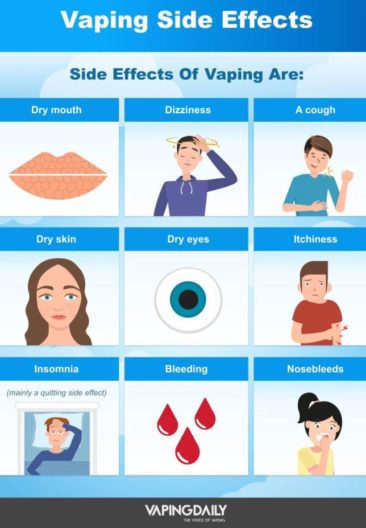
Obviously, coughing and dehydration may be related to the humectant effect of propylene glycol. Other effects may be related to its tissue toxicity.
Recently, researchers found that propylene glycol can form a neurotoxic chemical called methylglyoxal in E-cigarette vaporing.
Therefore, using a lube made with propylene glycol as the humectant can cause vaginal tissue dryness, atrophy, and many other unknown harmful effects.
C. Hyaluronic acid
Some jellies are made with hyaluronic acid, which is a moisturizer. It may ease vaginal dryness, but may not reverse vaginal atrophy. This article explains.
D. Oil-based lubes
Some vaginal lubes or moisturizers are made with olive oil or coconut oil. These oils serve as lubrication agents to reduce friction, but they cannot reverse vaginal atrophy. This explains why after a short while when your vaginal atrophy progresses, they stop working.
E. Chemical preservatives
Many jellies are water-based. Water can allow microorganisms like bacteria and mold to grow. Therefore, all water-based jellies must add chemical preservatives to inhibit the growth of bacteria and mold.
Commonly used preservatives in jellies include potassium sorbate, sodium benzoate, chlorhexidine gluconate, paraben, methylparaben, sorbic acid, benzoic acid, and sodium hydroxide.
Many lube manufacturers claim that their products are “all-natural.” This is a marketing tactic but may not be true. If a lube is water-based, it is not natural because it must add artificial or chemical preservatives. Otherwise, the product will grow mold.
For a skincare product, preservatives may be harmless. Preservatives can effectively extend the product shelf life without harming the user’s skin.
However, for a vaginal care product, preservatives may be harmful. Preservatives inhibit microorganisms, including the friendly Lactobacillus bacteria in the vagina. After applying water-based jelly in the vagina, the preservatives in the lube may kill friendly Lactobacillus bacteria. Without the protection by friendly bacteria, harmful microorganisms like those that cause yeast or BV may grow up.

Additionally, paraben and/or methylparaben in the jelly may have more seriously side effects. These include allergic reactions and cancer, especially breast cancer.
Jellies do not stop or reverse atrophy, but NeuEve does
When a woman approaches menopause she may experience vaginal dryness and painful sex. Jellies are the cheapest products available to easy these symptoms. In addition to water-based jellies described above that may use harmful ingredients, there are safer alternatives. These include silicone- and oil-based lubes, or just simply use coconut or olive oil. However, these products do not address the cause of vaginal dryness and painful sex. The cause is vaginal atrophy. None of these products can stop or reverse vaginal atrophy. In fact, many of them can accelerate the vaginal atrophy process if they contain glycerin, propylene glycol, and/or chemical preservatives.
The cause of painful sex and vaginal dryness is vaginal atrophy, which is associated with the reduction of estrogen due to menopause. Estrogen as a part of the hormone replacement therapy (HRT) treats this cause, but it has a strong cancer risk. Many women who had been on HRT have developed breast cancer. Therefore, many health-conscious women are seeking safer alternatives that are hormones-free.
NeuEve is a safer effective alternative to estrogen. Applying NeuEve can stop and reverse dried and atrophied vaginal tissue by nutritional supplements. It works like calcium and vitamin D for reversing osteoporotic bones.


NeuEve is all-natural, hormones-free, preservatives-free, organic, and non-GMO. Many of our customers are previous users of estrogen that failed to provide relief. They have found ultimate relief after using NeuEve. They reported that NeuEve works more effectively than estrogen. The best part of NeuEve is that it has no side effects.
Among skincare products, moisturizing lotion and wrinkle serum are not in the same product category. The difference is that lotions cannot reverse wrinkles (skin atrophy), but serums can. Thus, their prices are not comparable. Likewise, lubes or jellies are not in the same product category as NeuEve.

Being able to reverse vaginal atrophy, NeuEve is in the same category as estrogen and MonaLisa Touch (a laser treatment).

If you compare apple with apple, you should compare the price of NeuEve with estrogen and MonaLisa Touch.
The cost of an estrogen cream, such as Premarin, is $431/month. If insurance covers it, the copays for a doctor and the prescription can be about $200. The cost for MonaLisa Touch is $2,500 for one procedure. No insurance covers it. NeuEve is only $50/month.
When compared in women with the most severe vaginal atrophy caused by pelvic radiation, both MonLisa Touch and estrogen failed to provide relief. NeuEve is the only product that has successfully provided relief in these women. As a result, NeuEve is the best product in the category. Compared with the high prices of these other products, NeuEve is reasonably priced, considering that it is more effective and safer than both estrogen and MonaLisa Touch.

In summary, lubes or jellies may be good only for short-term use. These products can be harmful if used for a long-term. Purchasing these products can be a waste of money even though they are cheap.

Disclaimer: This article is for information purposes only. It is about natural products, nutrients, and/or methods for managing vaginal aging-related discomfort (not a true infection or disease). It is not medical advice for the treatment of any diseases.

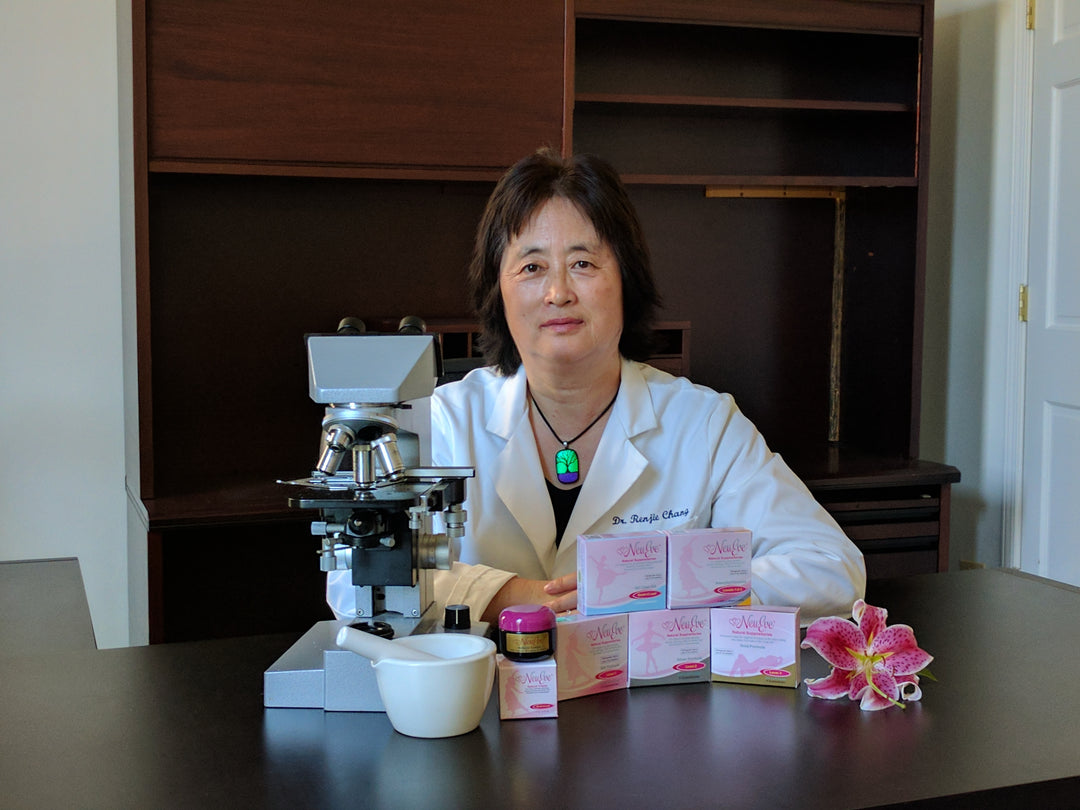
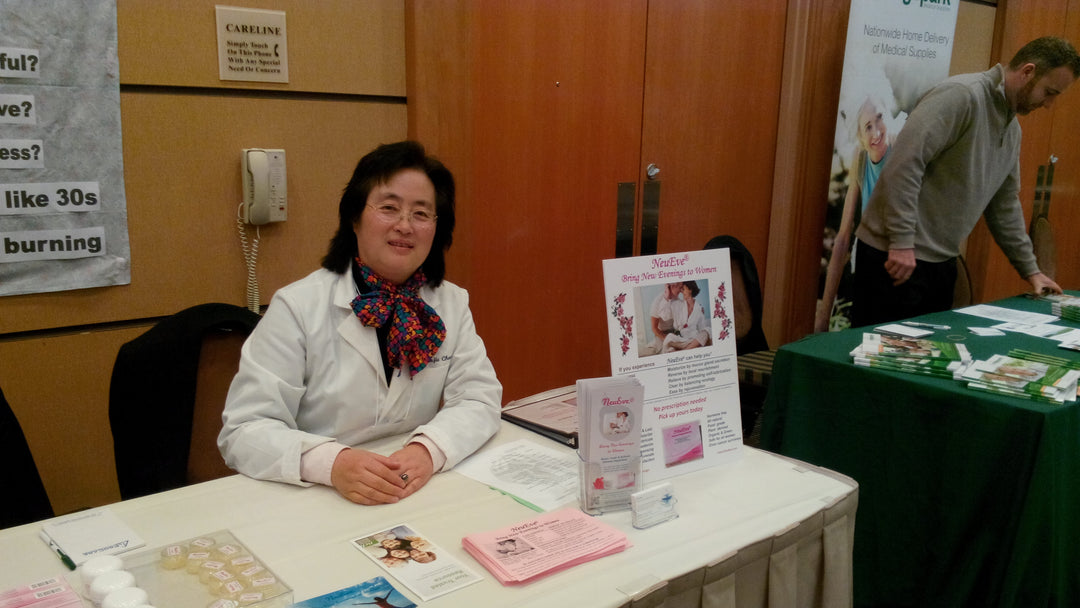
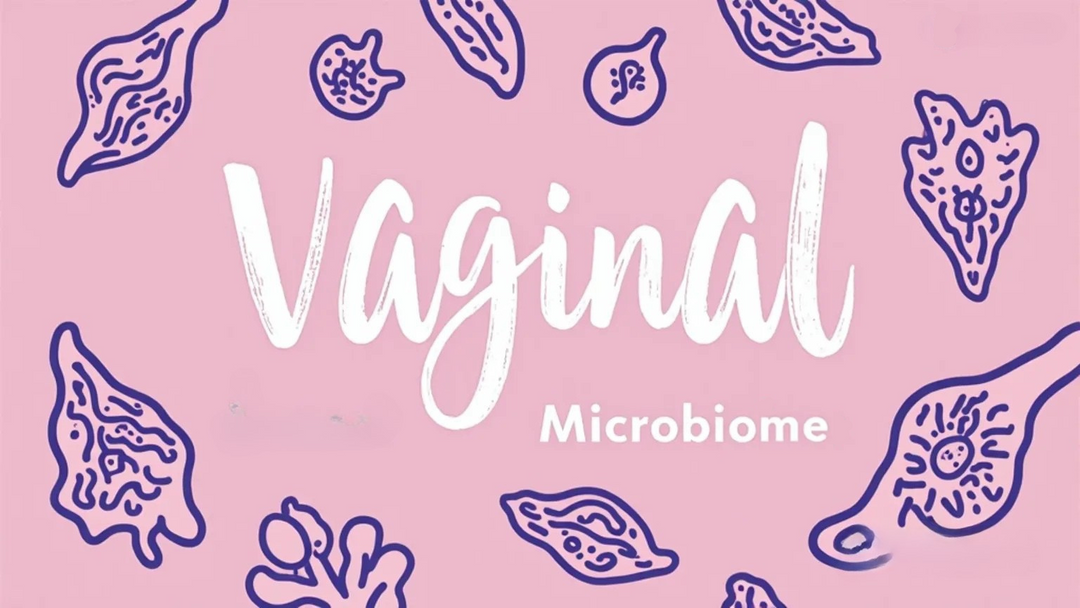
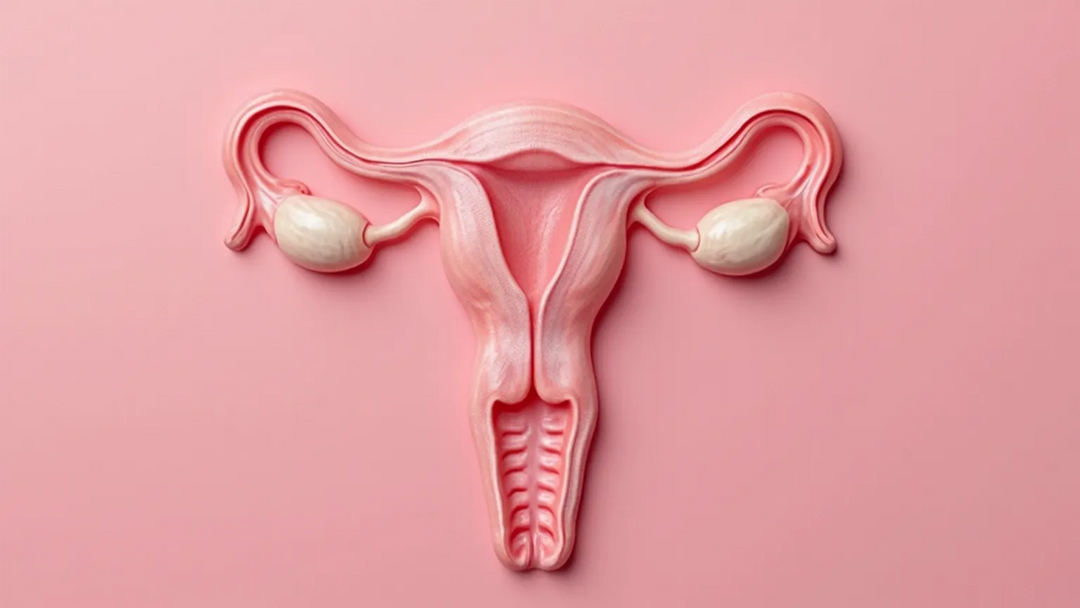
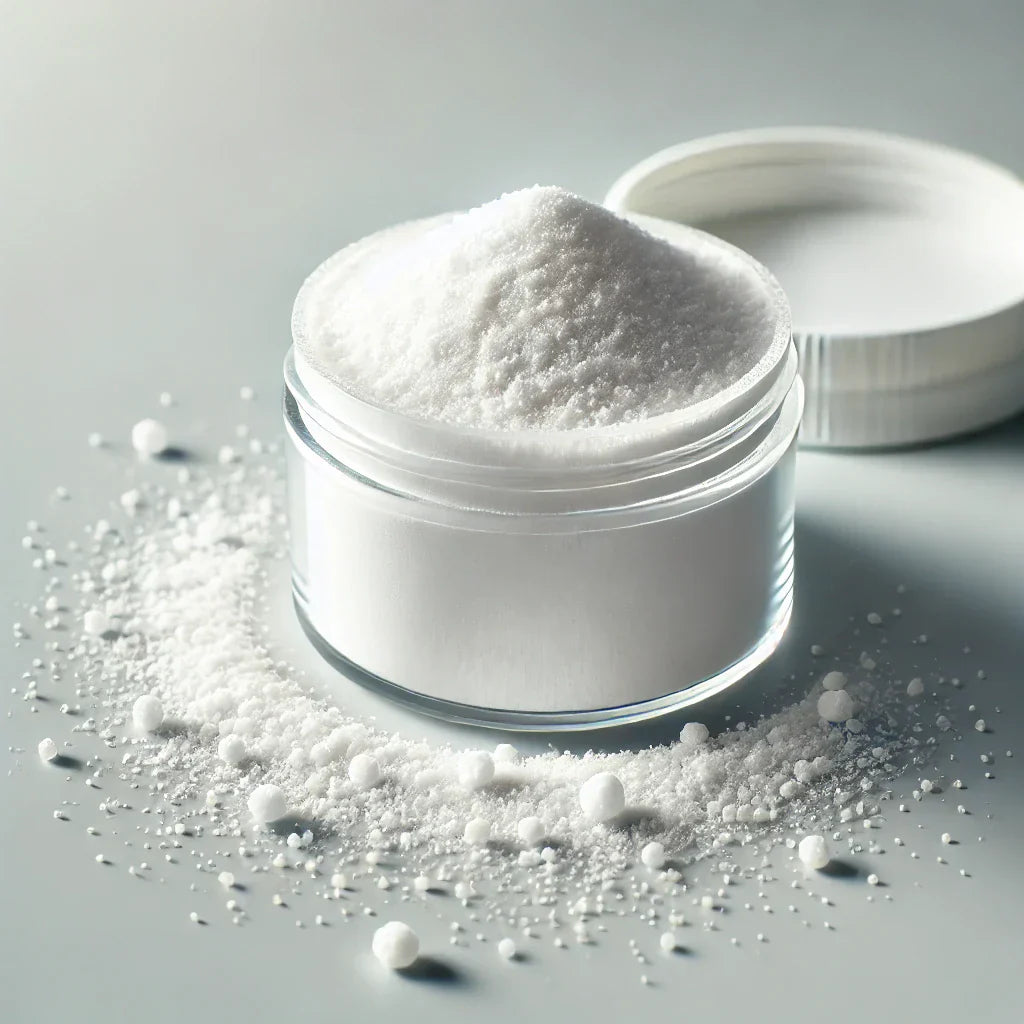
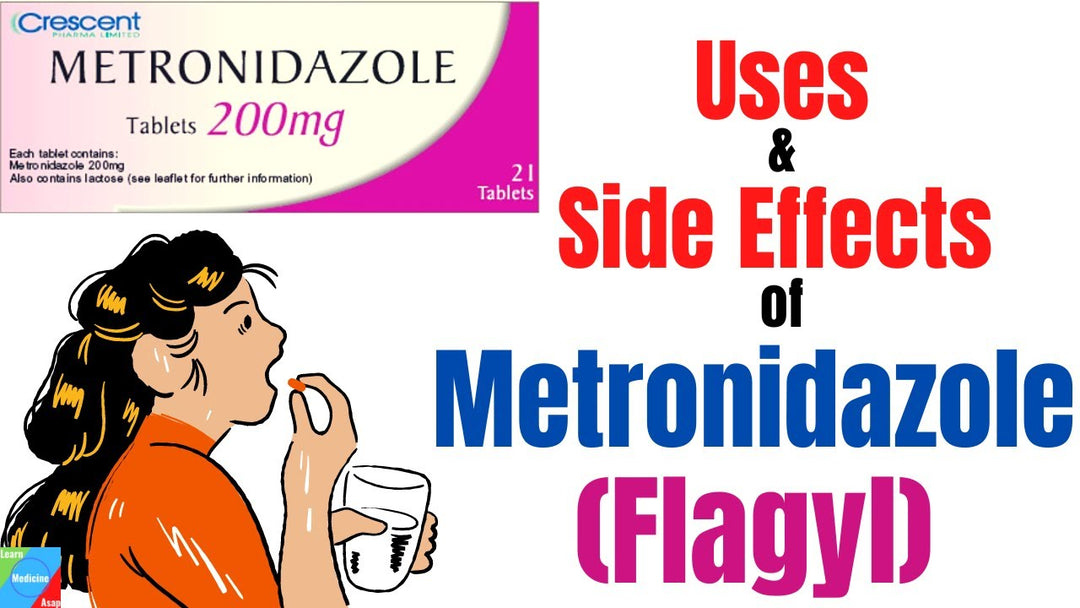

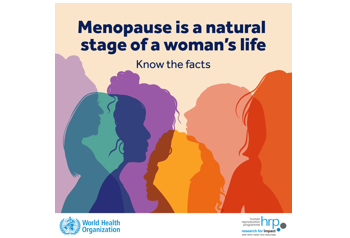
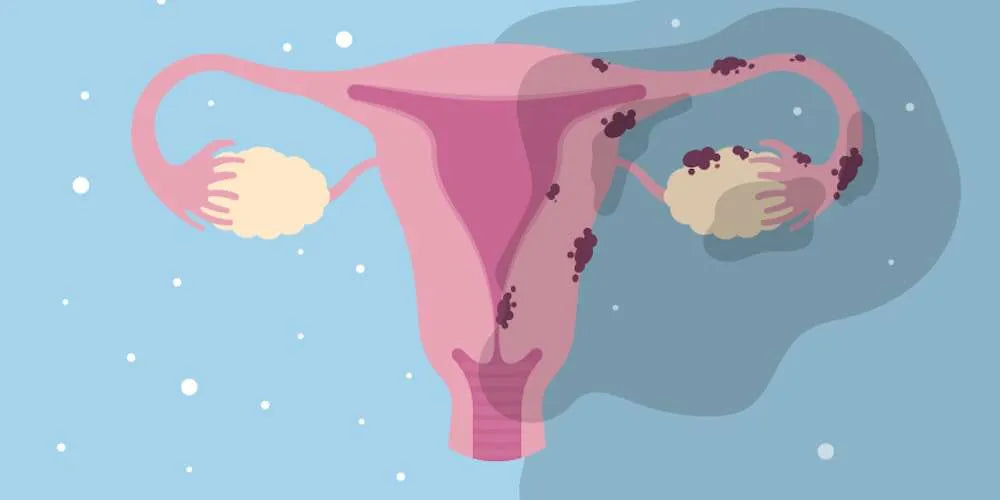
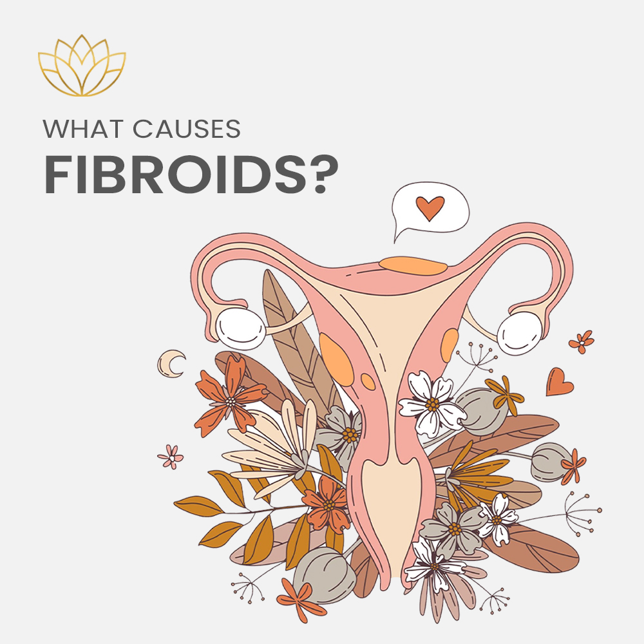
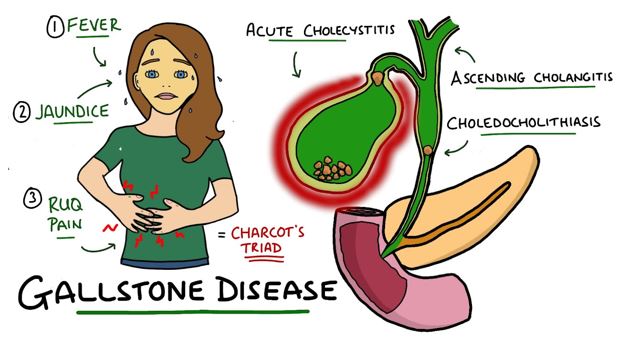


Rhonda – I believe there is an article under “Learn” at the top of the page. It explains that.
I’ve used organic cold processed coconut butter for lube for years. Is there bad effects from that? Its as simple and pure as i could think and has anti yeast properties but could it dry and shrink tissue over time?
What is in neueve that reverses vaginal atrophy?
Leave a comment